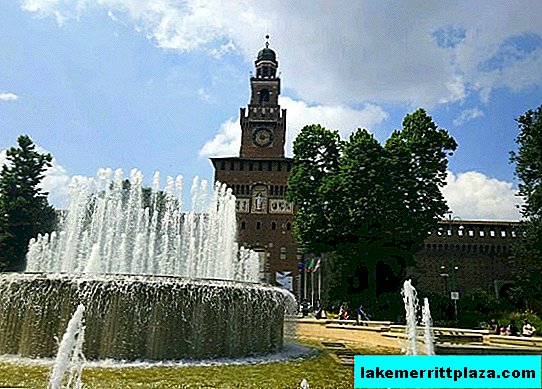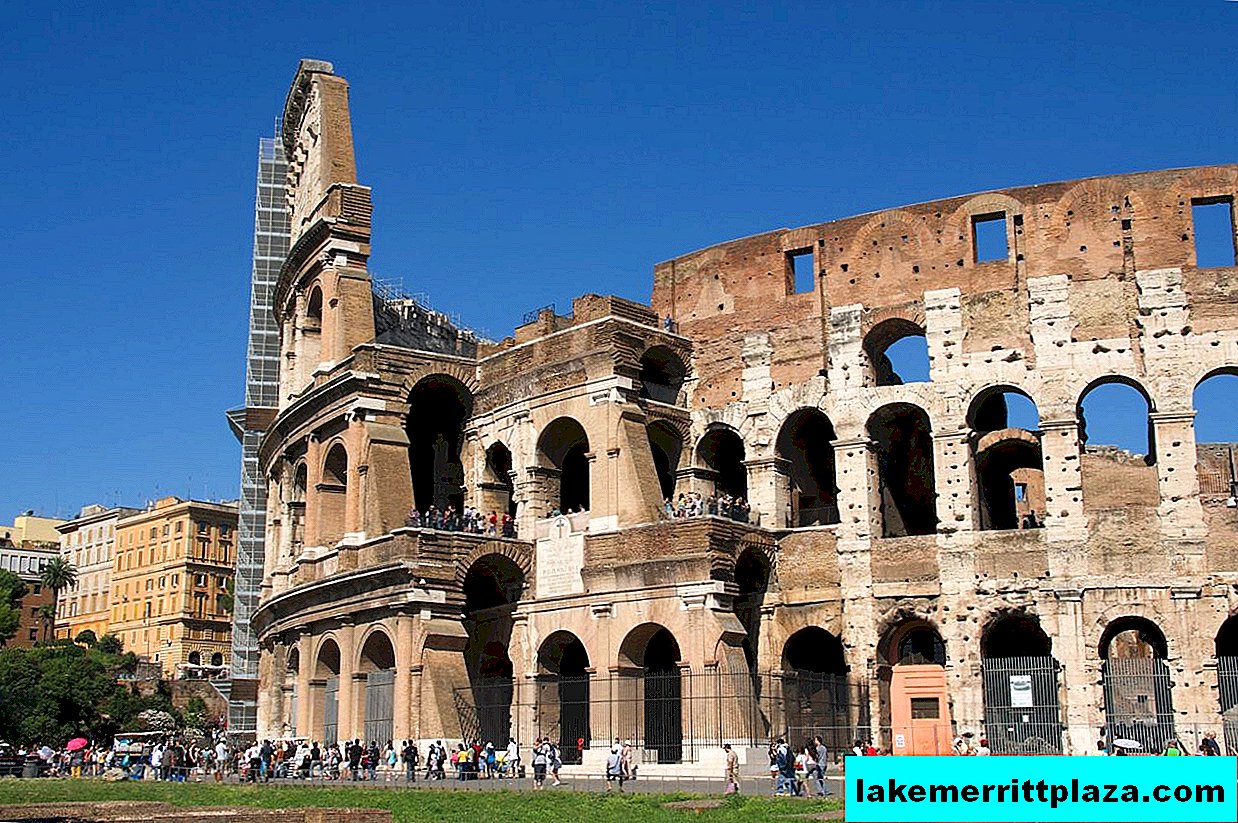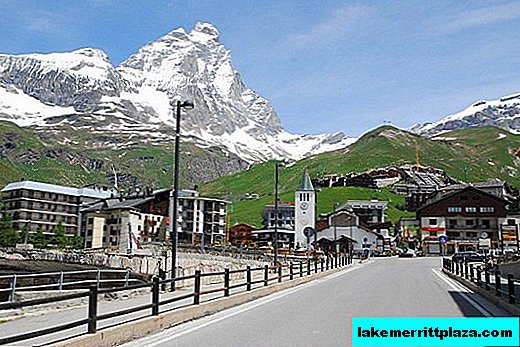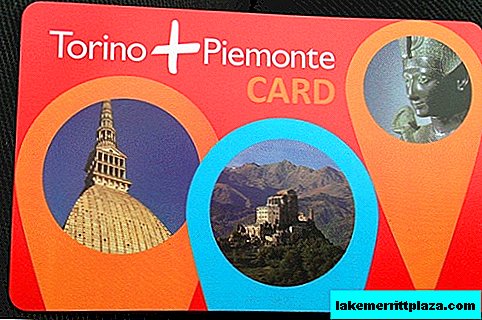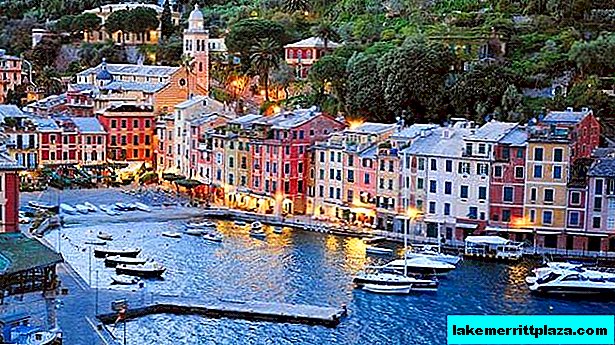Camposanto Cemetery, known simultaneously as the Monumental (Camposanto Monumentale), or the Old Cemetery (Camposanto Vecchio), is located in the northern part of Piazza Miracle.
The name “Camposanto” is literally translated from Italian as “holy field”. This is due to the widespread belief that the cemetery was erected around the capsule with the sacred land from Calvary, brought by the 12th century archbishop of Pisa - Ubaldo d'Lanfranci - from the Fourth Crusade. According to existing legend, bodies buried in this earth turned into skeletons in just 24 hours.
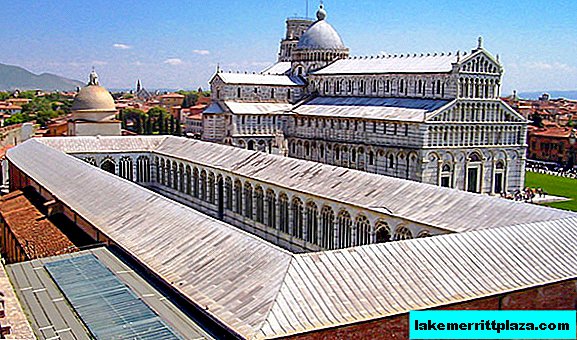
The cemetery became the fourth and final building of the Piazza dei Miracoli in Pisa. Its construction started in 1278. The design of this architectural masterpiece was designed by Giovanni di Simone. The architectural concept was brought to its logical conclusion only in 1464.
According to the initial project, it was not supposed that the erected structure would be used as a burial place. The site of the Monumental Cemetery was to be occupied by the Church of the Holy Trinity (Santissima Trinità). However, already in the course of work, the project was modified. It is assumed that its western part is part of the original project (which was still being built as the aforementioned church), while the eastern part is the part built later on the already modified project.
From an architectural point of view, Camposanto cemetery is a huge, oblong structure and a magnificent example of the Gothic style at the same time. It is formed by an external wall with 43 blind arches, as well as two doorways, which in themselves can be considered works of art. The main doorway overlooking the square is decorated with the image of the Virgin with a baby in her arms, surrounded by four saints.
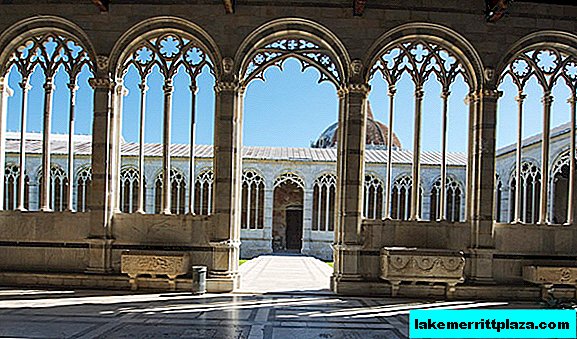
The graves are located mainly under the arcades, only a few graves can be found on the lawn of the courtyard. The courtyard itself is formed by intricate semicircular arches that make a significant contribution to the architectural beauty of this historic building.
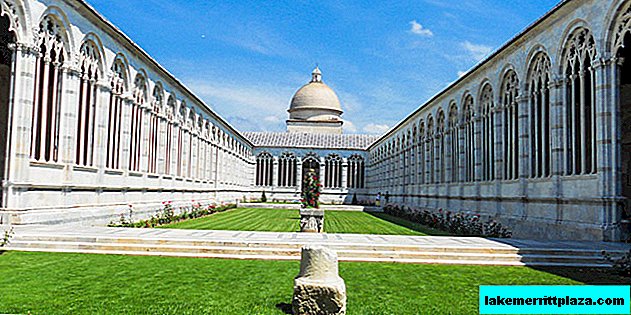
Camposanto also has three chapels. The oldest chapel is the Ammannati chapel (1360). It got its name in honor of Ligo Ammannati, a teacher at the University of Pisa. The second chapel is the Aula chapel, famous for the altar created in 1518 by Giovanni della Robbia, as well as a lamp, observing the swings of which Galileo Galilei formulated his theory about the swing of the pendulum. The third chapel was built in 1594 in accordance with the order of the Archbishop of Pisa Carlo Antonio Dal Pozzo. It has an altar and a small dome in honor of St. Jerome.

Until 1779, Camposanto was the main burial place for high-class citizens in Pisa. The most prominent and important figures of the city of that time are buried here.
In its original form, Camposanto was surrounded by a large collection of Roman sarcophagi, which were located around the cathedral, and sometimes adjoined it. After the war, only 84 sarcophagi survived. The remaining funerary monuments are works of neoclassical art, including floor tombstones with reliefs of various statues.

In the 14th century Roman sculptures were brought to the cemetery as decorations. Together with the surviving sarcophagi, these ancient works form one of the largest and most valuable collections of neoclassical art in Europe. They served as inspiration for many works and sculptures, medieval and early Renaissance.
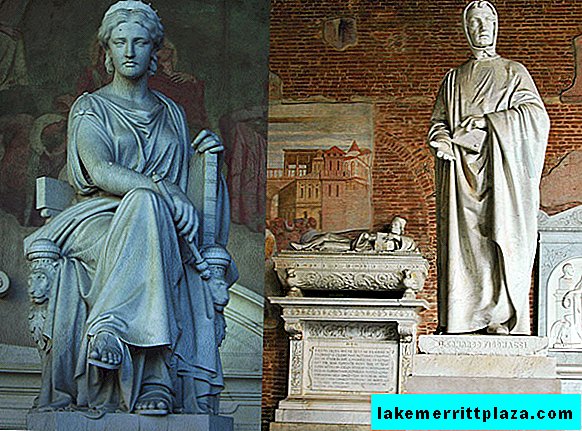
Camposanto is also interesting for its frescoes, some of which date back to the 14th century. The most famous among them are the frescoes “The Triumph of Death”, “The Last Judgment” and “The Life of Hermits”. The name of the author of these masterpieces is unknown, most often he is simply referred to as the “Master of the Triumph of Death”. It was under the impression of these frescoes that the Hungarian composer Ferenc Liszt created his famous work “Dance of Death”. Most of the frescoes were damaged or completely destroyed during the Second World War. However, long restoration work allowed to restore the surviving and damaged murals.
Working hours:
- November-February: 10: 00-17: 00
- March: 9: 00-18: 00 (March 30: 9: 00-20: 00)
- April-September: 8: 00-20: 00
- October: 9: 00-19: 00 (October 1-4: 10: 00-20: 00)
- December 22-January 6: 10 a.m. - 6 p.m.
- November 1: 9 a.m. - 6 p.m.
- March 23-29: 9 a.m. - 7 p.m.
- June 17-August 31: 8 a.m. - 10 p.m.
- October 27-November 1: 9 a.m. - 6 p.m.
Ticket price: 5 euros. November 1 and 2 - no fee is charged.
Some objects, as well as works of art, are under restoration from time to time, and as a result, access to them may be limited. Therefore, it makes sense to contact the administration to clarify the schedule of restoration work of the objects of interest to you.
Address: Piazza del Duomo, 23, 56126 Pisa


